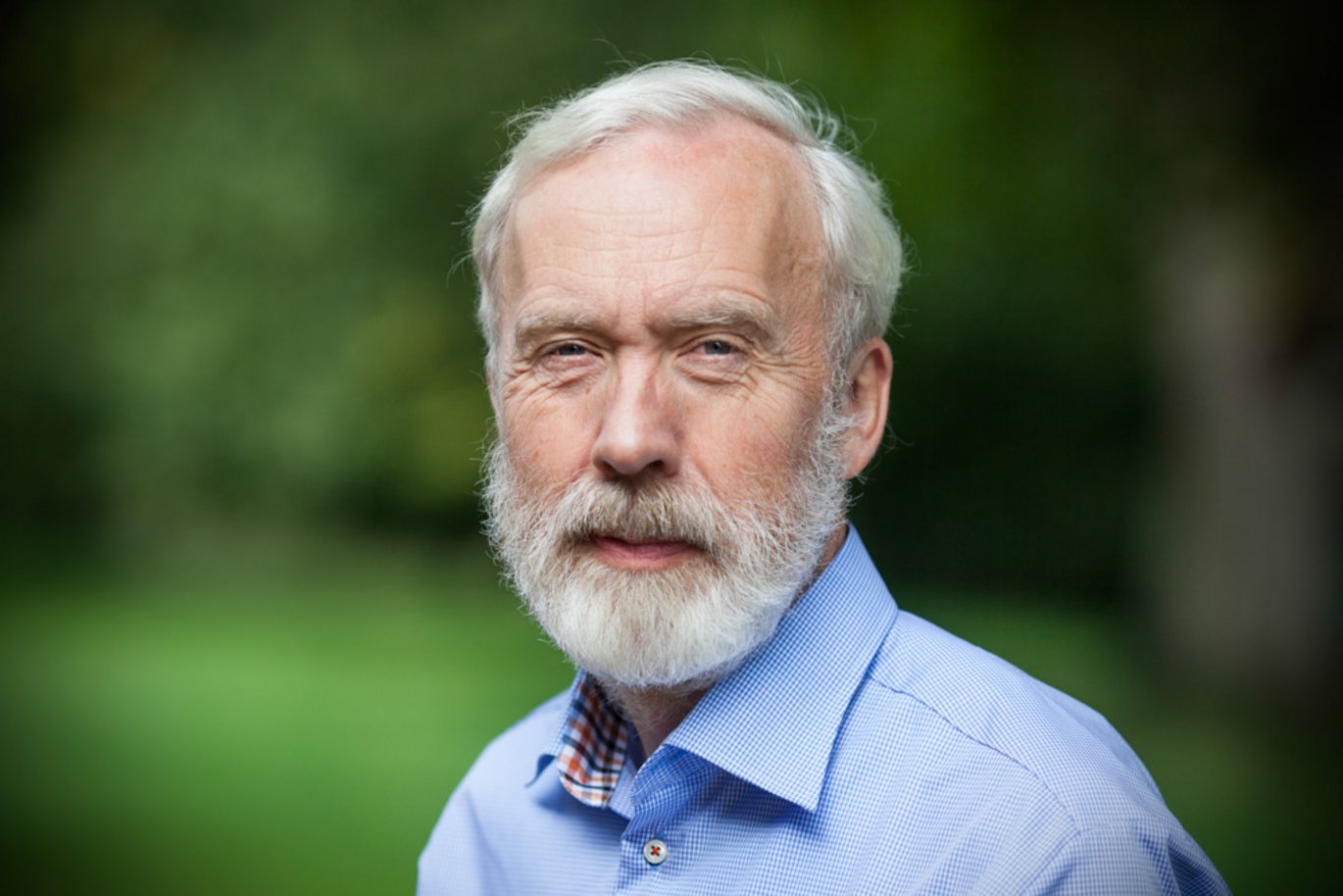Grundfos Prize goes to Mr Microsensor
At a festive ceremony at Grundfos in Bjerringbro, Mr Microsensor – Professor and AIAS Fellow Niels Peter Revsbech, Aarhus Institute of Advanced Studies and Department of Bioscience – was honoured with the prestigious Grundfos Prize 2013, amounting to DKK 1 million.

Professor and AIAS Fellow Revsbech was awarded the prize for his research into sensors, as well as the correlation between microorganisms and the natural conditions under which they live. This research has led to a ground-breaking new understanding of the oxygen and nitrogen cycles in the world’s oceans.
“What’s unique about Niels Peter Revsbech is that he’s not only practical, but he’s also an inventor and a researcher. His work has provided important knowledge that can hopefully pave the way towards new ways of tackling the world’s environmental problems,” said Niels Due Jensen, chairman of the Poul Due Jensen Foundation and the assessment committee.
A fraction of a hair’s thickness
In the hunt to understand microbial processes in seabed material, the young MSc student Niels Peter Revsbech was encouraged back in 1977 to develop a small sensor that with high spatial solubility could measure oxygen in the seabed at very short intervals.
He succeeded, and a thin and very small home-made sensor with a diameter of less than a tenth of a hair’s thickness came to control Professor Revsbech’s professional life.
The microsensor revolutionised our understanding of a number of fundamental processes in the metabolism of organic material and nutrients, not only in the seabed, but also in the ground, biofilms, sewage works – everywhere, in fact.
The first oxygen sensor saw the light of day in 1978. It worked according to plan and revealed for the first time ever that oxygen can penetrate the seabed up to a few millimetres. Professor Revsbech was able to show with great precision that the degradation of organic material by oxygen in the seabed is limited to a very thin zone a few millimetres thick just below the surface, under which a considerable number of other processes prevail.
The first sensor had its limitations and did not work in areas such as the soil. In 1982, during a period at Montana State University, USA, Professor Revsbech therefore developed the combined oxygen microsensor that is still the foundation stone today for a considerable number of studies in fields such as microbiology, ecology and physiology.
All the sensors were made in the laboratory by Professor Revsbech, who stretched glass pipettes into ultra-thin glass tubes over a Bunsen burner. Using a microscope, he was able to attach a platinum wire that could reduce and measure oxygen via a weak current.
Research and companies
In 1986, with a microsensor that can measure nitrous oxide (laughing gas), Professor Revsbech once more opened up for new ways of understanding details of the process that converts the plant nutrient nitrate into free nitrogen gas – denitrification. This process is crucial for removing surplus nitrogen from wastewater and from inflows into lakes and fjords.
The bio-microsensors followed shortly afterwards. These are small sensors in which different types of bacteria are placed in the tip. This formed the basis for microsensors that measure methane, nitrite and nitrate.
There was suddenly a whole range of sensors that could be used for exploring nature in many different ways.
This provided a basis for setting up Unisense, a company that produces and markets the different sensors. Studies of fetal oxygen status subsequently led to the establishment of a subsidiary company called Fertilitech. The two companies now employ 75 people altogether.
Studies on a microscale provide knowledge about global material cycles
Professor Revsbech’s sensors have also been used at the bottom of the Mariana Trench, where they have shed new light on the metabolism of organic material at the deepest part of the ocean.
In recent years, Professor Revsbech’s techniques have also demonstrated that large areas of the world’s oceans – including off the coast of South America – are completely oxygen-free. This is crucially important for the metabolism of carbon and nitrogen, and the knowledge is absolutely necessary for understanding the global material cycles.
It was actually on an older research vessel in the middle of the Pacific Ocean and via a very poor Internet connection that Professor Revsbech got the message a couple of months ago that he had been awarded the Grundfos Prize 2013.
“It’s a major pat on the back,” says a pleased Professor Revsbech about the prize.
“It’s lovely to receive acknowledgement for what you do, and it’s enormously satisfying to see your ideas converted to valuable research and lots of jobs,” he says.
The Grundfos Prize includes DKK 250,000 as personal acknowledgement, while DKK 750,000 is directly earmarked for research. Professor Revsbech will invest this amount in laboratory equipment and hire a younger employee, so he himself can concentrate on developing new and potentially important sensor techniques.
He already has plans on the drawing board for developing hydrogen and carbon dioxide microsensors that can open the door to revolutionary new discoveries.
Read more about the Grundfos Prize here.
For more information, please contact
Professor Niels Peter Revsbech
Aarhus Institute of Advanced Studies (AIAS) and
Department of Bioscience
Aarhus University
revsbech@aias.au.dk
+45 2338 2187
